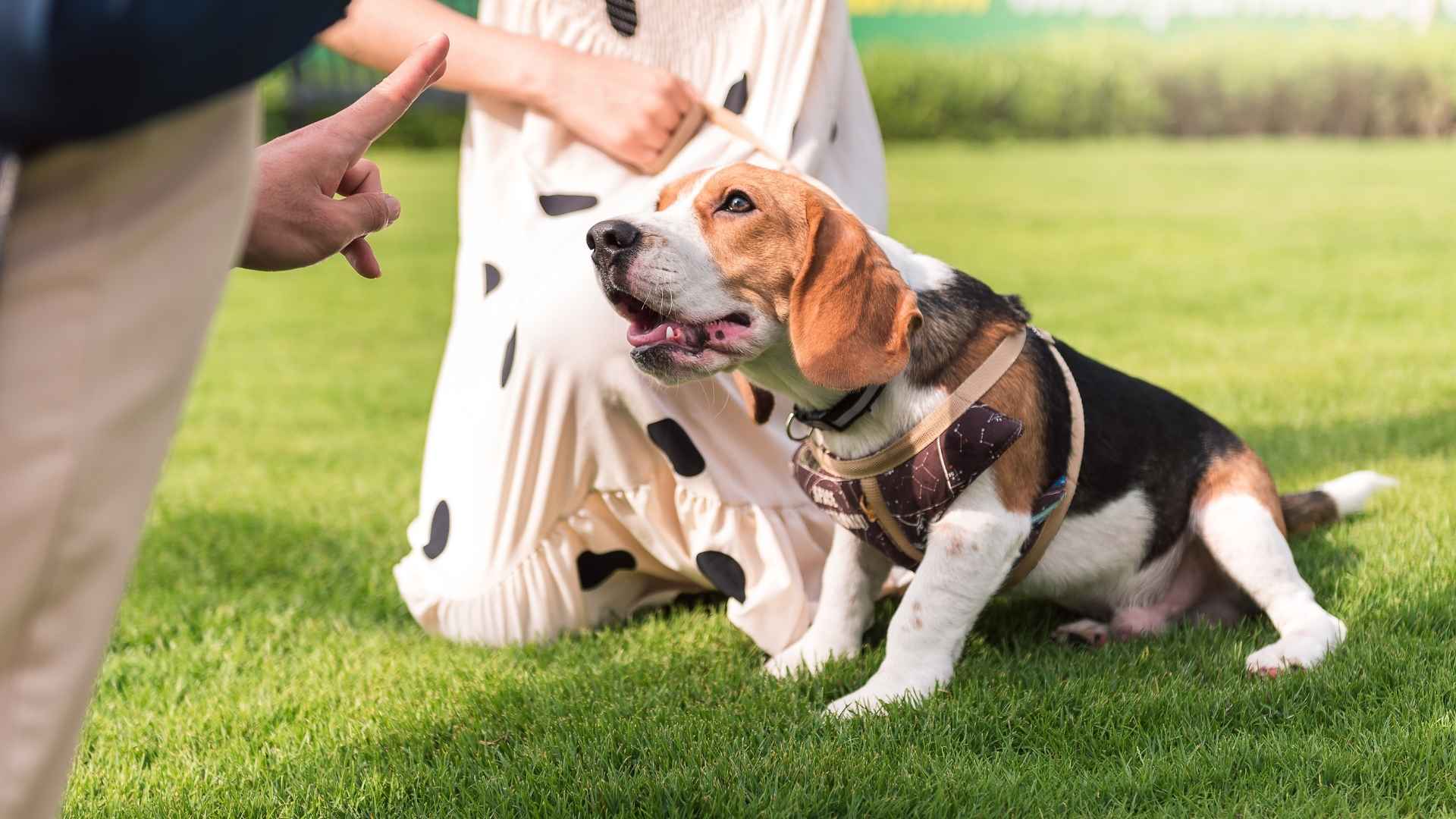Some dog–human bonds feel effortless, quiet loyalty, easy affection, and a shared rhythm. But what if your brilliant, independent pup has ideas of their own and turns every training session into a battle of wits?
Many highly intelligent, self-driven breeds aren’t “bad”; they’re simply wired to think for themselves. That independence can be thrilling and frustrating if you’re not ready for it.
This guide isn’t a warning to steer clear. It’s a friendly heads-up for patient, committed owners who appreciate complex canine personalities. With the right mix of structure, early socialization, mental workouts, and consistent positive training, these strong-minded dogs can become extraordinary partners. The challenge is real—but so is the reward.
Let’s meet the breeds that will test your skills and steal your heart.
Very Bad Dog Breeds That Will Test Your Patience
1. Siberian Husky
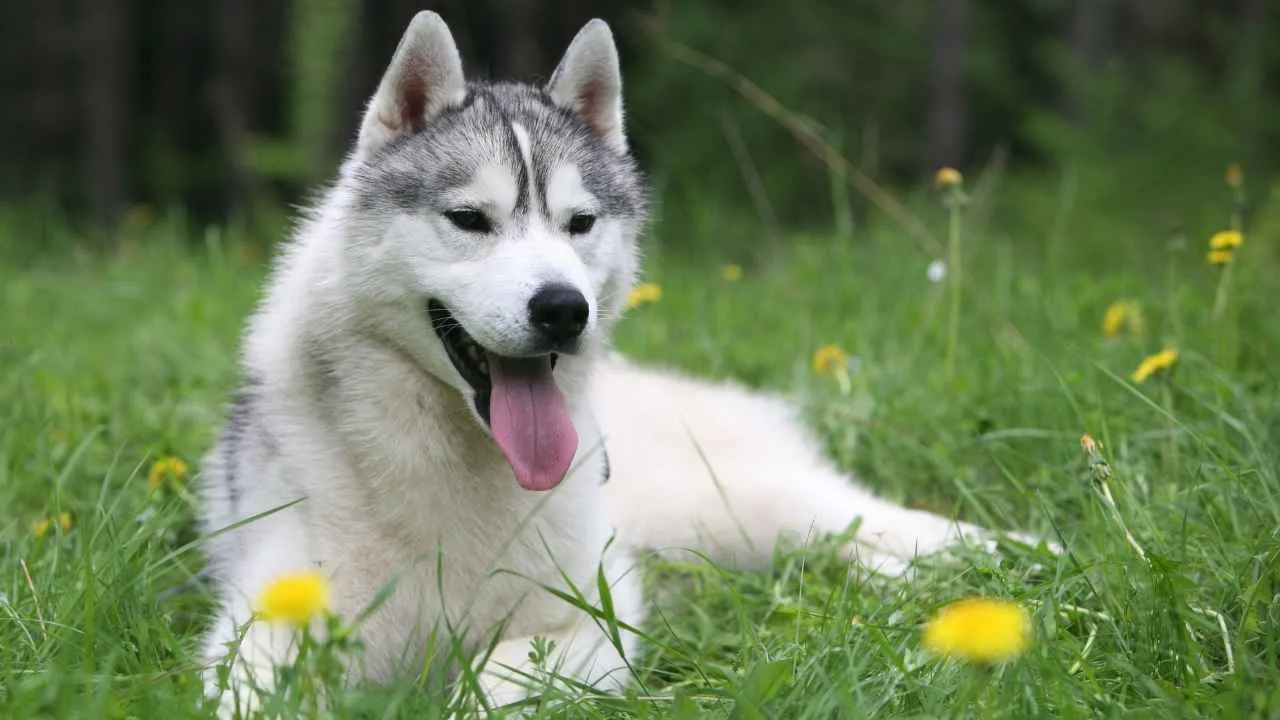
Siberian Huskies are undeniably striking, often with piercing blue (or mismatched) eyes and a wolfish allure. Beneath that gorgeous coat lies an adventurous, deep-down-stubborn spirit. Bred to pull sleds across vast, icy landscapes, they carry near-endless stamina and an innate need to run.
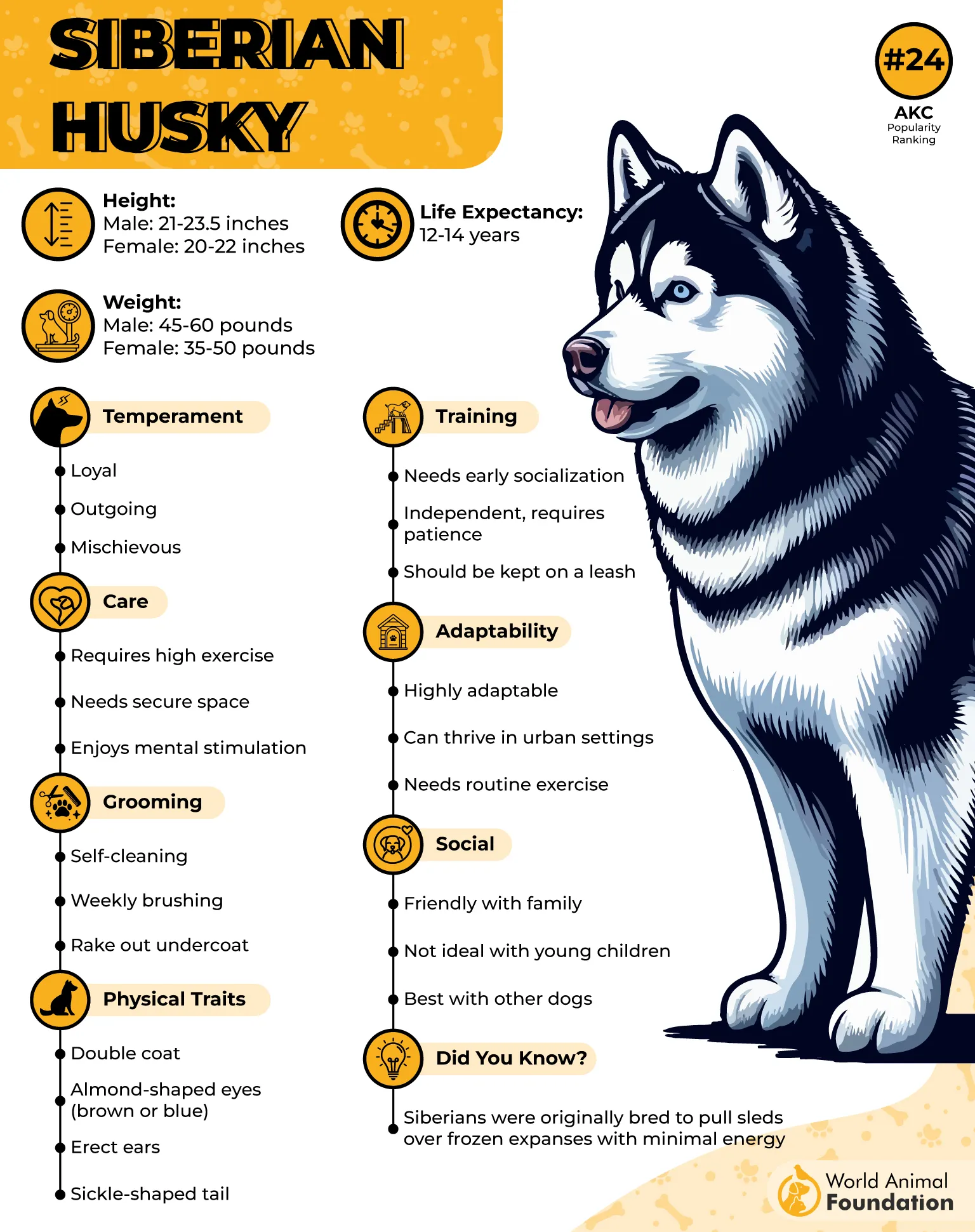
Huskies’ intelligence is a double-edged sword: they learn commands quickly, yet their independent nature means they may ignore cues when they’re not motivated. Independent thinking is a hallmark of the breed, so don’t be surprised if your Husky treats a fence like a suggestion—secure, tall, and dig-proof containment is essential.
They’re also famous escape artists. Their high energy must be channeled positively through vigorous daily exercise and structured mental work. Without ample engagement, Huskies are easily distracted and can become destructive or vocal.
Consistent training, enrichment (puzzle toys, scent games), and plenty of purposeful activity help keep this brilliant, strong-willed dog satisfied and out of trouble.
2. Afghan Hound
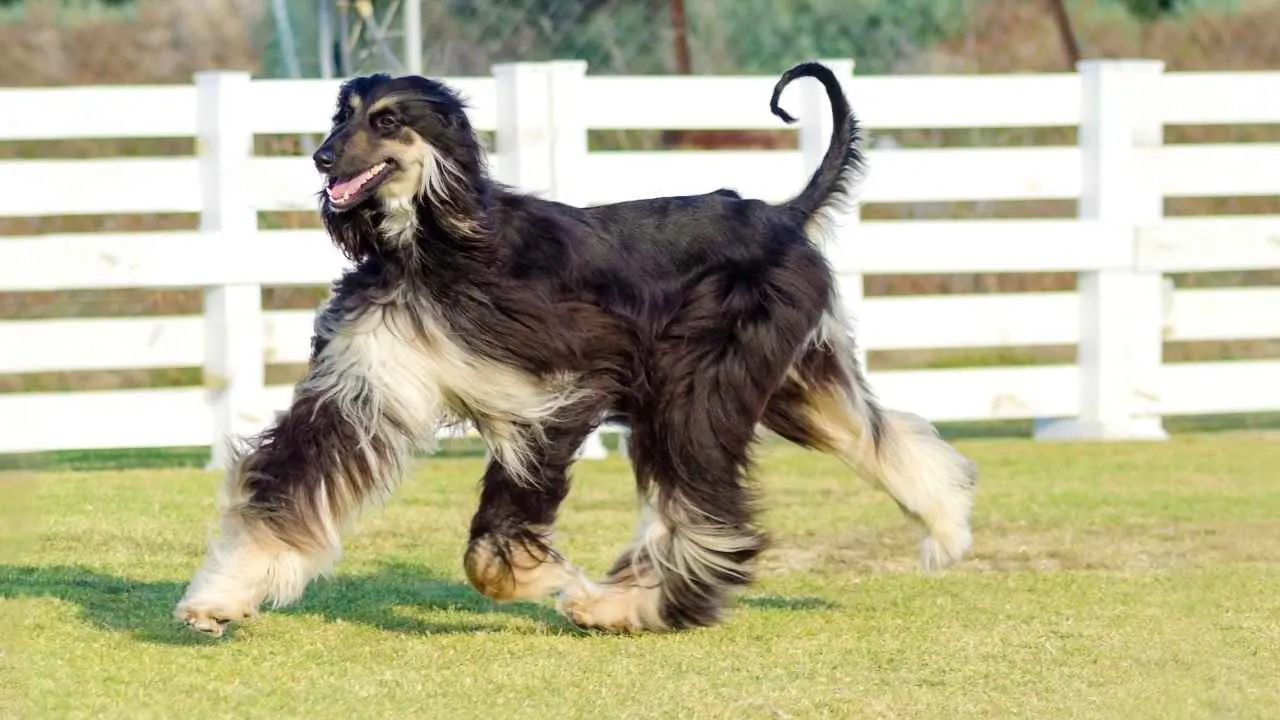
The Afghan Hound moves with dignified elegance, its flowing coat and stately posture earning it a reputation as the supermodel of the canine world. Yet behind that polished exterior lies a famously independent and-at-times aloof temperament that surprises first-time admirers.
Developed as a sighthound to hunt large game in Afghanistan’s rugged mountains, the Afghan Hound is accustomed to working at a distance and making decisions on its own.
That self-reliance makes the breed one of the more challenging dogs to train: they don’t live to serve and often give off a “what’s in it for me?” vibe. The American Kennel Club notes their temperament can be strikingly feline; graceful, sensitive, and selectively affectionate.
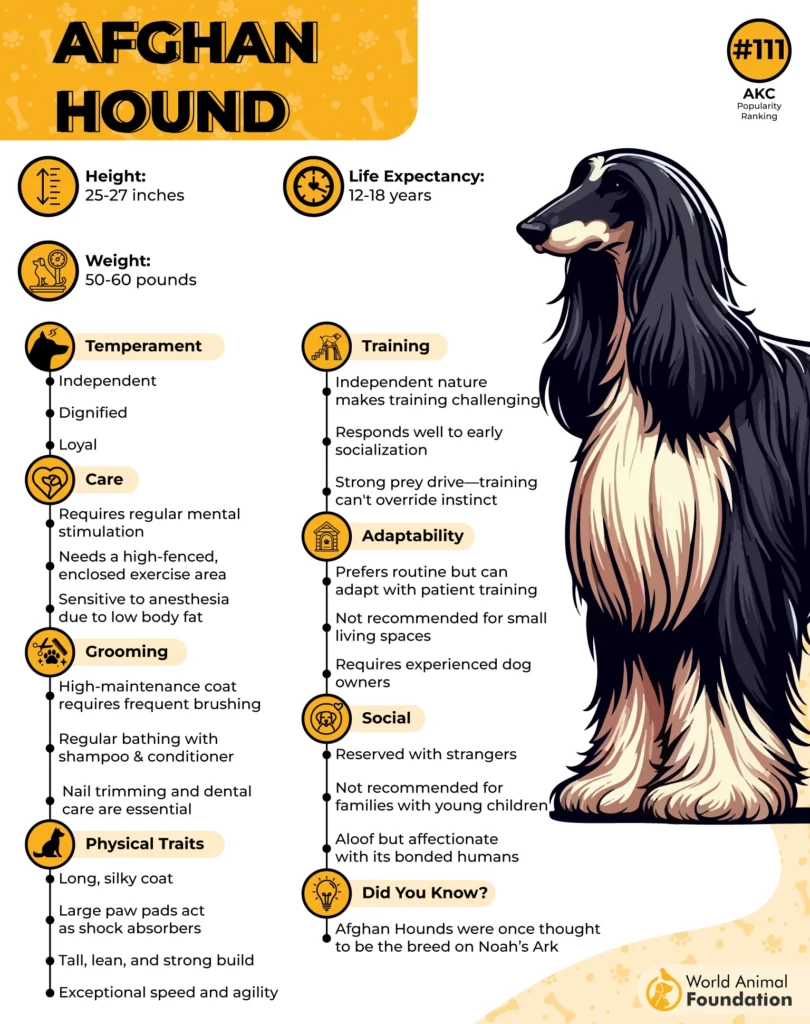
Rough handling or punitive methods backfire with this breed. Afghans need a patient owner who understands their unique character and uses calm, consistent, positive reinforcement to earn cooperation.
Their beautiful coat also demands committed care: thorough, regular brushing (often daily) and careful maintenance are essential to prevent tangles and mats and to keep that luxurious hair in showworthy condition.
3. Airedale Terrier
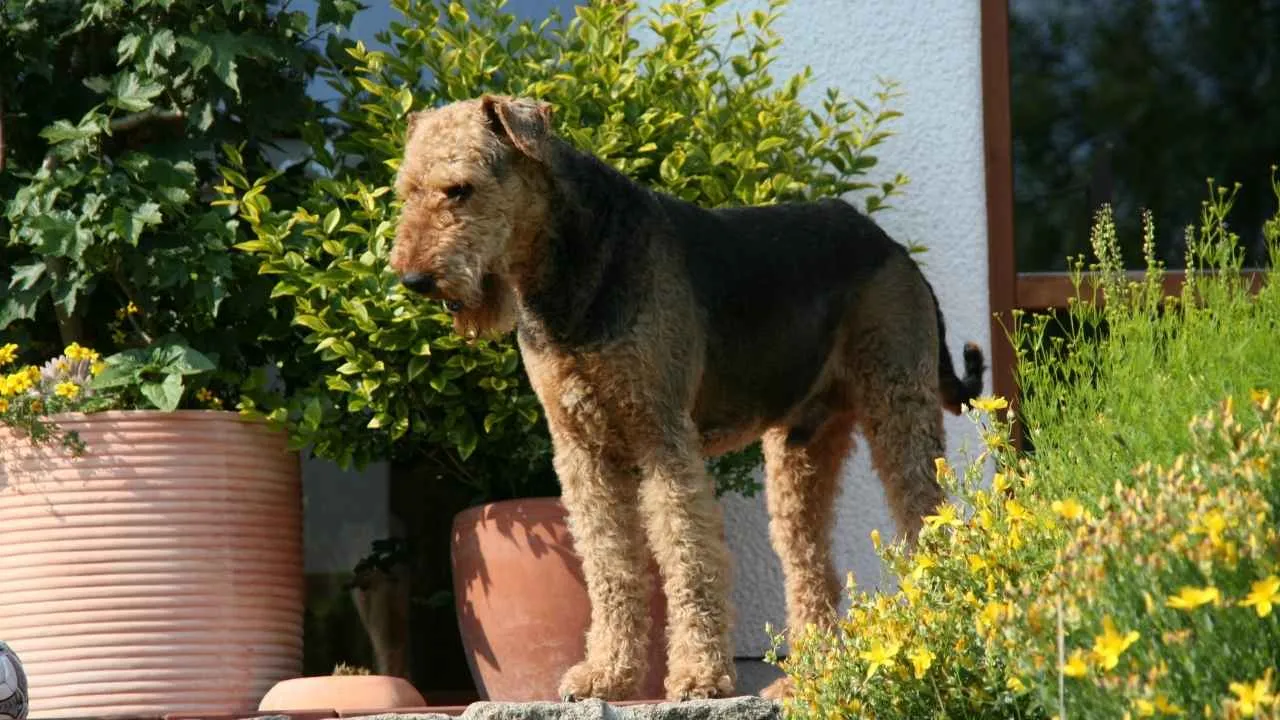
Nicknamed the “King of Terriers,” the Airedale Terrier is the largest of the terrier breeds. They’re courageous, intelligent, and full of playful, clownish antics that can be utterly endearing. That same intelligence, however, often comes paired with a classic terrier stubborn streak.
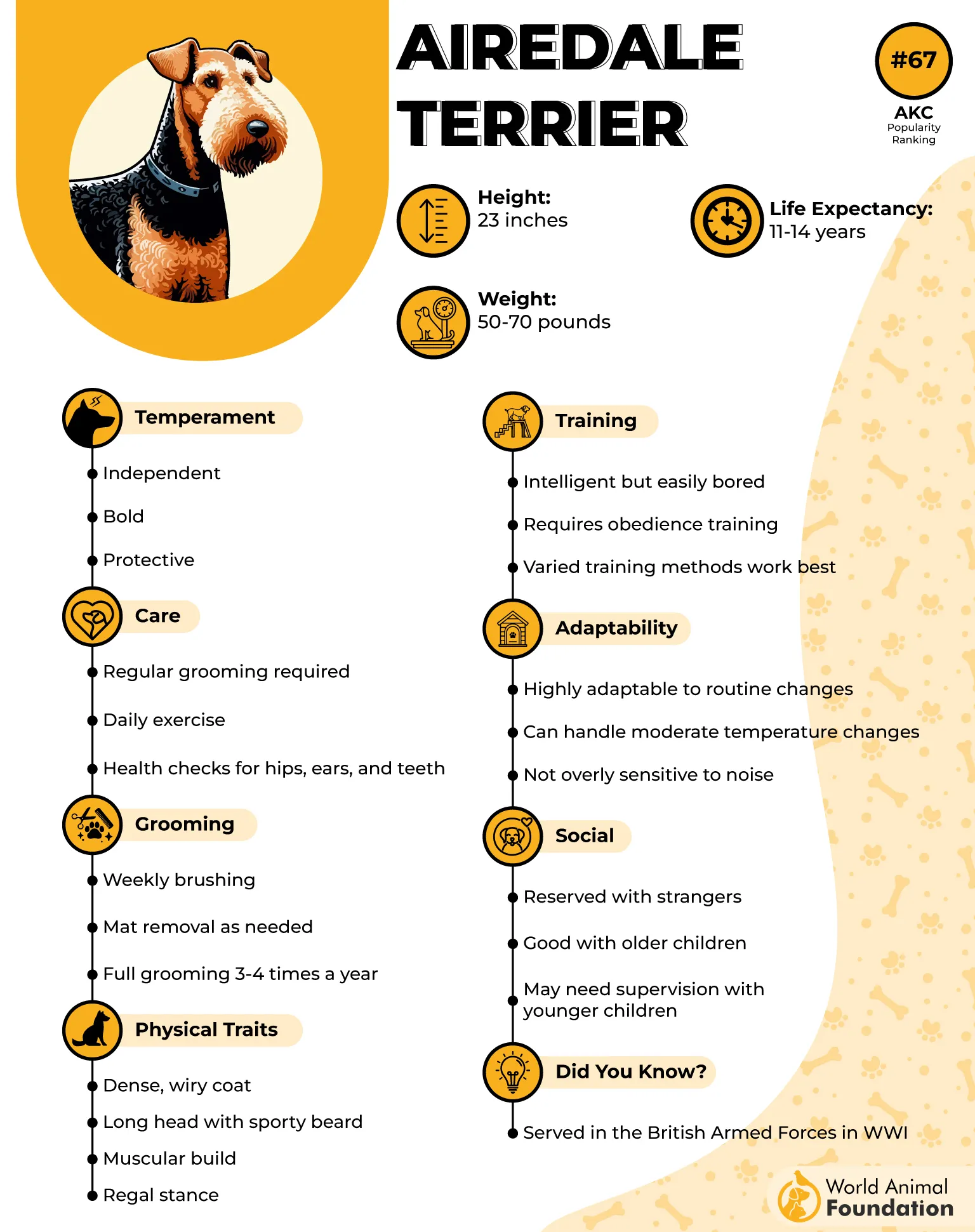
Airedales don’t “enjoy getting bored”; they bore easily. They thrive on fun, varied, and mentally stimulating training; repetitive drills are likely to be met with disdain. As a hunting breed, they carry a strong prey drive and a deep well of energy, so structured outlets are essential.
This is a dog that needs a job. Daily, vigorous exercise isn’t optional; it’s a requirement. Without sufficient physical and mental work, an Airedale’s mischief can scale with their size and turn truly destructive.
For owners who can provide consistent, positive training, clear boundaries, and an active lifestyle, the Airedale returns the investment with unwavering devotion and a lively, loyal partnership.
4. Basenji
The Basenji is often called Africa’s “barkless” dog. While they don’t bark, they’re far from silent; Basenjis communicate with a distinctive yodel (the famous baroo), chortles, and other vocalizations. Intelligent, curious, and strikingly unique, they’re a breed like no other.
Basenjis are independent hunters with sharp problem-solving skills, which can make training a challenge. Their catlike tendencies, climbing, perching, and meticulous self-grooming pair with a talent for escape, so secure, tall, and dig-resistant fencing is essential.
Because of their strong prey drive, off-leash freedom is generally unsafe outside well-secured areas, as PetMD suggests. They thrive on mental stimulation and varied activity (puzzle toys, scent games, trick training) to keep those clever brains engaged.
For a patient owner who appreciates quirky, intelligent, and strong-willed dogs, the Basenji is a fascinating if stubborn companion.
5. Beagle
Who can resist a Beagle’s sweet, pleading eyes? Their optimistic, gentle nature has made them a family favorite for centuries. But behind that adorable face is an iron will, guided almost entirely by a powerful nose.
Originally bred as tracking hounds, Beagles live in a world of scent. Once they lock onto an interesting trail, regaining their attention can be tough, which makes recall training particularly challenging.
They famously “follow their nose,” a habit that can lead to kitchen raids, fence-digging, and enthusiastic wandering if yards aren’t secure. Beagles also have a loud, distinctive bay that many owners learn to love (and neighbors should be warned about).
Despite these challenges, Beagles are affectionate, cheerful, and wonderfully light-hearted companions for patient families who can provide consistent training, leashed walks, and plenty of scent-friendly enrichment.
6. Bulldog
The Bulldog’s gently wrinkled face and comical underbite define the breed’s charm. They project an easygoing calm, and are often happiest sprawled on the cushiest spot on the couch. Beneath that laid-back vibe, though, lies a famously stubborn streak.
Bulldogs don’t respond to force; their obstinacy shows up as passive resistance, planting their feet and refusing to move. Training works best in short, upbeat sessions with plenty of positive reinforcement (and careful use of food rewards). Because they adore snacks, weight management is essential.
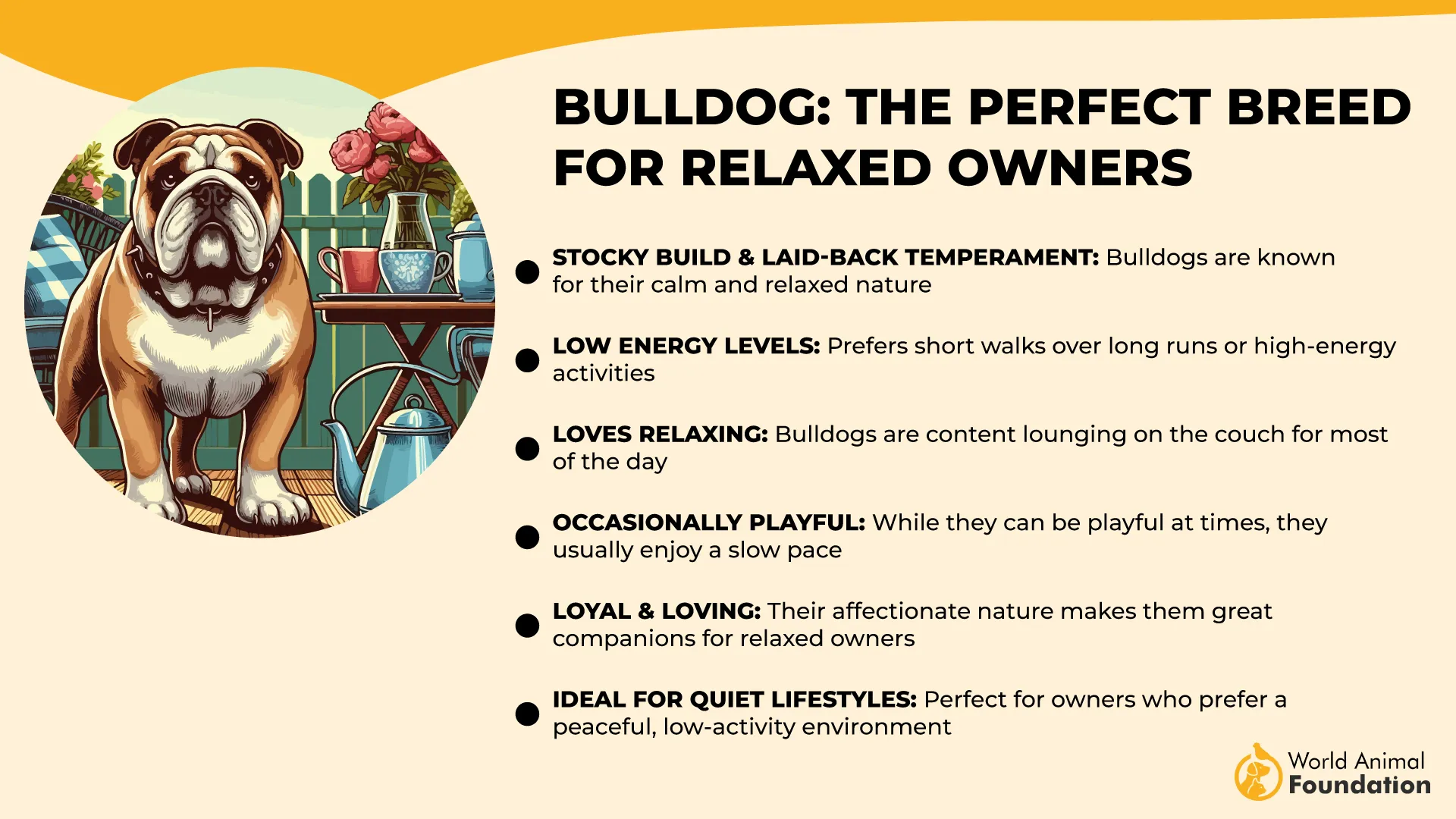
Prospective owners should also be aware of common health considerations in this brachycephalic breed, including heat intolerance, breathing difficulties, skinfold issues, and joint concerns.
Despite the quirks and care needs, Bulldogs are deeply affectionate and devoted to their families, gentle, loving companions who repay patience with unwavering loyalty.
7. Akita
The Akita is a powerful, elegant breed from Japan, known for silent confidence, dignity, and deep loyalty to its inner circle. Historically used for challenging games in rugged terrain, Akitas are bold and self-reliant yet intensely devoted to their families.
That devotion can translate into aloofness or suspicion with strangers, so early, extensive socialization is essential; begin in puppyhood and continue throughout adolescence.
Akitas are strong-willed and independent, making them better suited to experienced owners rather than first-time dog owners. They’re intelligent and quick to learn, but their independence means they may choose not to comply without clear structure and motivation.
Training should be calm, consistent, and reward-based; harsh methods backfire and can damage trust. Provide clear boundaries, varied mental work (obedience, scent games, impulse control), and ample daily exercise. Supervise interactions with other dogs, as many Akitas are same-sex intolerant, and use careful introductions. Small pets may trigger prey drive, so management is important.
With thoughtful leadership, socialization, and steady routine, an Akita becomes a steadfast, lifelong protector; reserved with outsiders, but profoundly loyal to the people it calls its own.
Conclusion
Adopting a pet dog is something that turns your life around. That commitment is all the greater when selecting one of these lovable, stubborn pups.
They are not for the faint of heart, a dog, but rather for the person who has the time, dedication, and infinite patience to spare; the reward is a friendship unlike any other. These pups will push you, annoy you, and finally, make you realize the real definition of unconditional love.
Learning how they used to be in the past and honoring their intelligence, you can from the basis of trustful and admiring relations.


